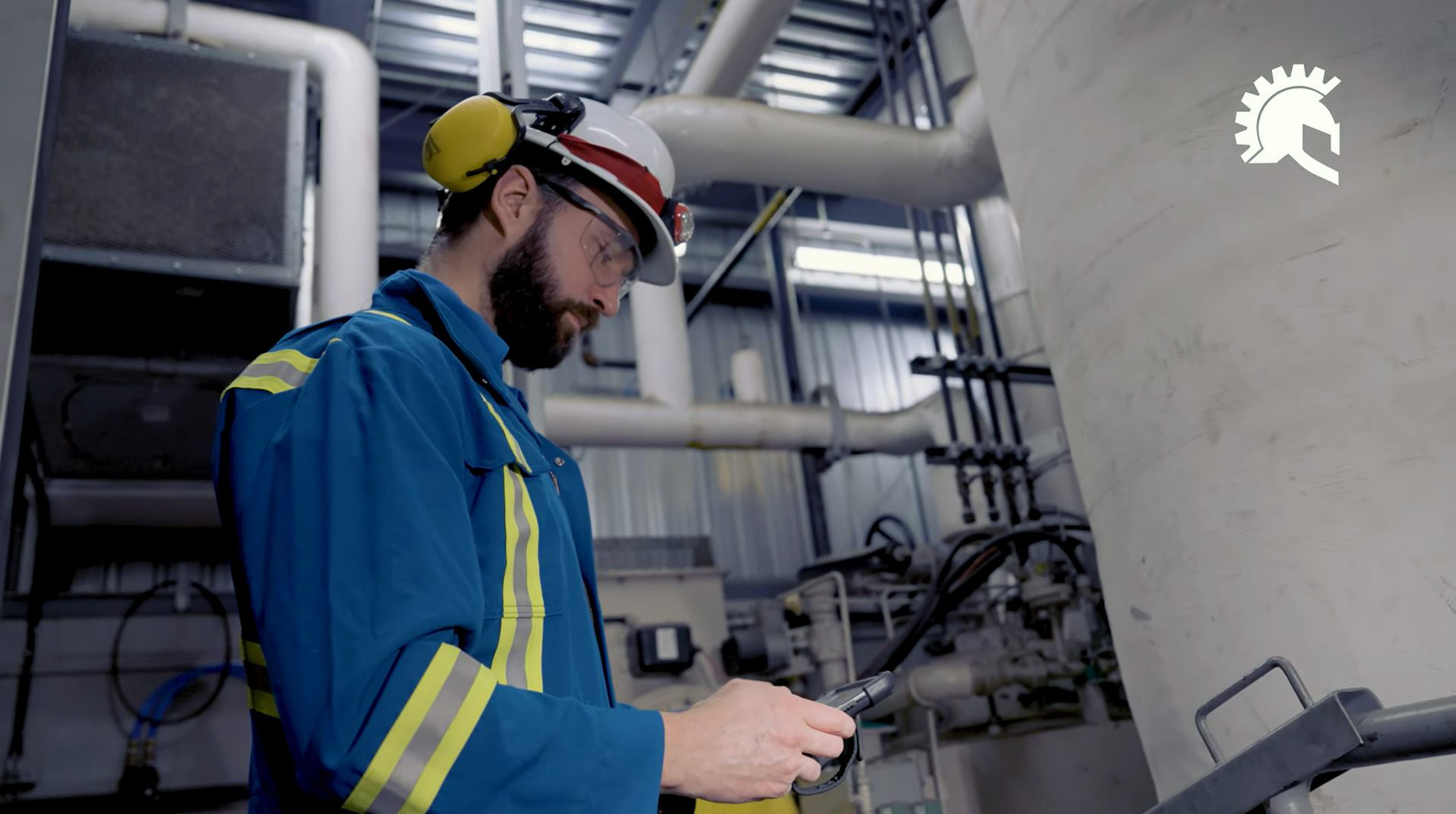Safety cards play a crucial role in risk management and worker protection at plants in Canada and the USA.
They serve as visual reminders of safety procedures and maintenance protocols, helping to prevent accidents and promote a safe working environment.
Let’s now explore the fundamentals of using safety cards, and the additional benefits of digitizing them both internally and with plant subcontractors:
1. Back to the basics of safety card use
1.1. Worker safety:
Safety cards provide clear, concise instructions on the safety protocols to be followed. They let employees know what to do in the event of an incident, thereby reducing the risk of serious injury. For example, a card may detail the steps to follow when handling hazardous substances or evacuating the premises in the event of fire.
1.2. Equipment protection:
By following the guidelines on safety cards, employees can avoid mistakes that could damage expensive equipment. Correct handling and maintenance of machines, as indicated on these cards, prolongs equipment life and minimizes production downtime.
1.3. Insurance benefits:
The rigorous adoption of safety cards can also translate into lower insurance premiums. Insurance companies assess the risks associated with manufacturing operations and grant premium reductions to companies that demonstrate proactive safety management. By reducing accidents and claims, companies can avoid additional costs and premium increases.
2. The benefits of digitizing security cards
2.1. Easier access and creation for field users:
Digital safety cards can be accessed on mobile devices and tablets, enabling workers to create them at any time, in the field.

What’s more, there’s no longer any need to search for information or documents, as technicians can complete their safety cards using a fully formalized form tailored to the task in hand.


Finally, updates can be deployed instantly, ensuring that safety information is always up to date.
2.2. Easier analysis and monitoring for managers:
Digital platforms enable the use of safety cards to be tracked and data collected in real time. Managers can then analyze this data to identify trends and risky actions, improving decision-making and preventing future accidents.


2.3. Facilitating audits and register management:
Digital safety cards simplify the management of safety audits. Companies can easily keep detailed records of employee and subcontractor training and compliance. This makes audit processes more efficient and less time-consuming, while ensuring full traceability of safety actions.

NB: this also makes it possible to present formalized records to insurance companies.
3. Focus on the use of digital Safety Cards by subcontractors
We’ve already explored the advantages of using a digital tool for safety cards, but what about their use by subcontractors?
3.1. Keeping security standards consistent:
Subcontractors are often exposed to unfamiliar environments. Safety cards provide uniform safety instructions, ensuring that all workers, whether permanent or temporary, adhere to the same plant safety standards.

3.2. Reducing the risk of accidents:
Subcontractors, although experts in their field, may not be familiar with the specifics of each site. Safety cards help them to quickly familiarize themselves with specific safety protocols, thus reducing the risk of accidents due to a misunderstanding of local procedures.
3.3. Clarified responsibility:
By providing subcontractors with safety cards, companies clarify their expectations and the responsibilities of each party. This minimizes misunderstandings and potential disputes in the event of an incident, by proving that the necessary instructions have been communicated and are accessible.
In conclusion, safety cards – whether physical or digital – play an indispensable role in promoting safety in plants and factories. By adopting these tools, companies not only protect their employees and equipment, but also benefit from reduced insurance costs and better management of subcontractors.
The transition to digital safety cards offers additional advantages in terms of accessibility, updating, analysis and audit management, setting a modern standard for industrial safety.

Erwan Lecuyer,
Marketing Specialist – Spartakus Technologies
erwan.lecuyer@spartakustech.com

